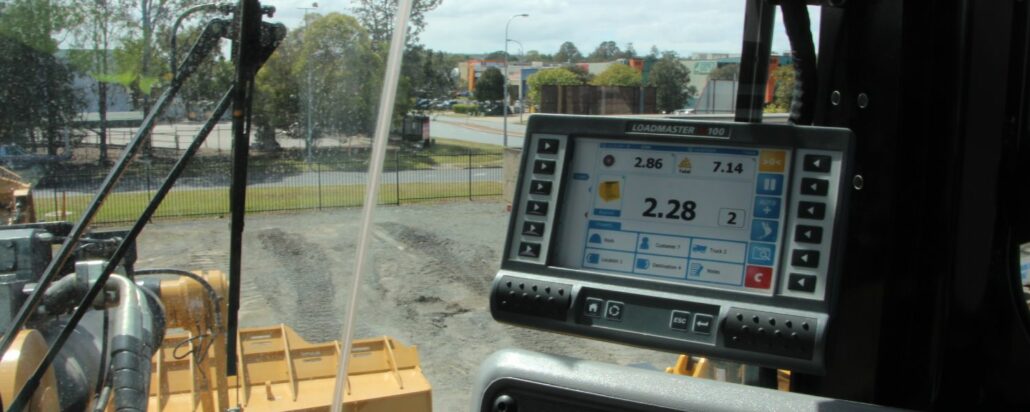
Machine operators, port workers, garden centre managers, and anyone who works with a loose material should be aware of the types of scales available to them, which are suitable for their needs, and what their requirements are. Learn more about the types of scales and which you should upgrade to below. Front end loader scales Front end loader scales are weighing systems built into the loaders’ hydraulic lift lines and feature an easy-to-read visual display. With front end loader scales, operators can determine the weight of the load simply by lifting the bucket at a constant lift speed, rather than having to drive to the weighbridge, stop, and turn around if loaded incorrectly. Weighing loads on front end
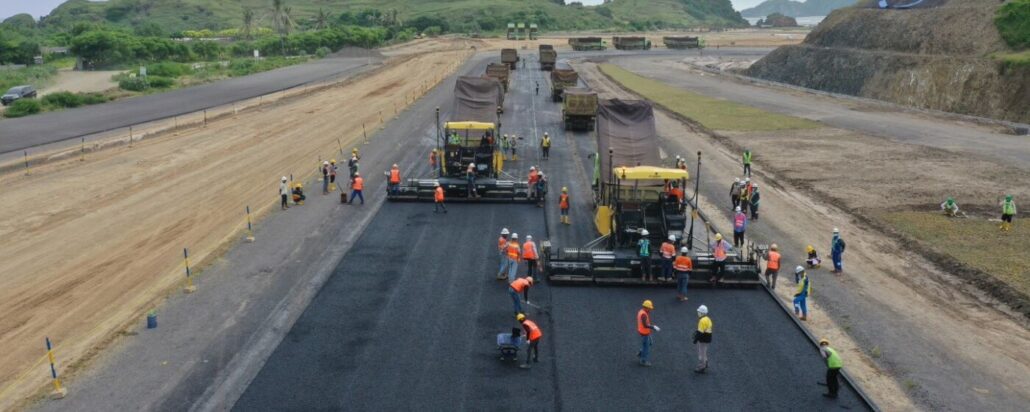
With completion expected in mid-2021, paving the new MotoGP racetrack on Lombok island, Indonesia, is now in full swing. An official date for the MotoGP has not yet been announced, although promoter Mandalika Grand Prix Association (MGPA) anticipates a weekend later in the year subject to construction, homologation and testing being completed. Intelligent positioning solutions specialist Aptella is working with PT. PP (Persero) Tbk, the main contractor and PT. PP Presisi as subcontractor as well as ITDC, the project owner, to deliver advanced positioning and paving technology that will ensure the works conform to international standards. “We have five highly experienced geodetic engineers and surveyors working full time on site to support the operations,” said Mathew Connelly, Aptella
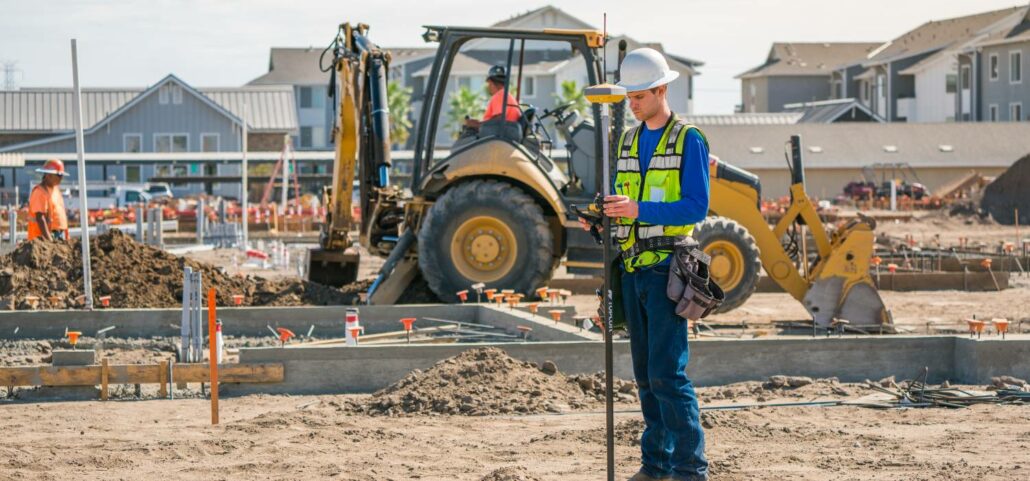
Civil engineers use RTK (Real-Time Kinematic) as a GNSS satellite data correction system. RTK improves positioning data for surveys and topographic maps which require precision to usefully inform engineers about construction design decisions both in the initial phases of a project and while the project is underway. What is RTK? RTK integrates the GNSS positioning data from a fixed base station into any compatible GNSS device, giving it centimetre accuracy. GNSS devices are used in a slew of applications, including everything from agriculture to robotics. Without RTK, the positioning accuracy of devices is around five metres, because they are susceptible to measurement errors including: Clock errors Orbit errors Satellite biases Atmospheric errors Multipath RTK is one of a
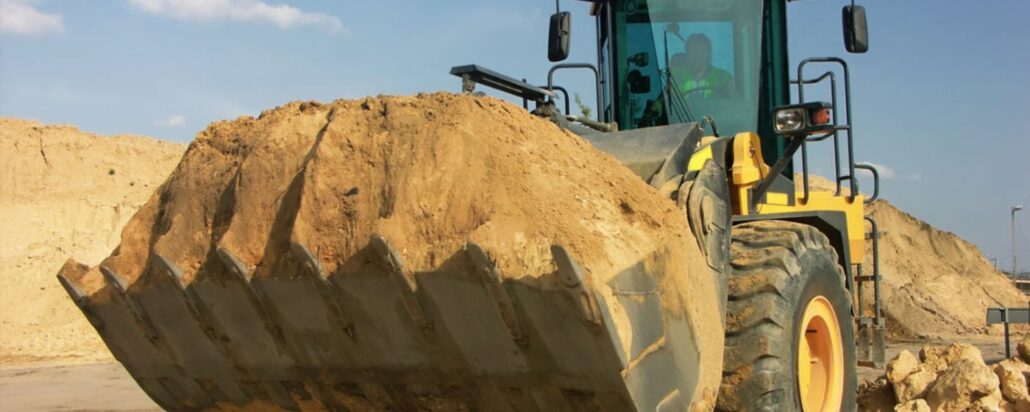
Legal trade and non-legal trade scales both have regulations and rules at the manufacturing level, and each have their potential upsides and drawbacks to discuss before purchasing, calibrating, or re-calibrating them. But how do they affect you? Legal trade scales Legal trade scales or ‘trade-approved’ scales are industrial scales used to determine how much someone pays. This can be in a commercial setting, or to calculate a tax, toll, remuneration, bonus, tariff, or penalty. If you are using a scale for this purpose, or for lawmaking or medical purposes, trade measurement law dictates that you must use a legal trade scale. These are scales which could have detrimental effects on the general public if inaccurate. Legal trade scales
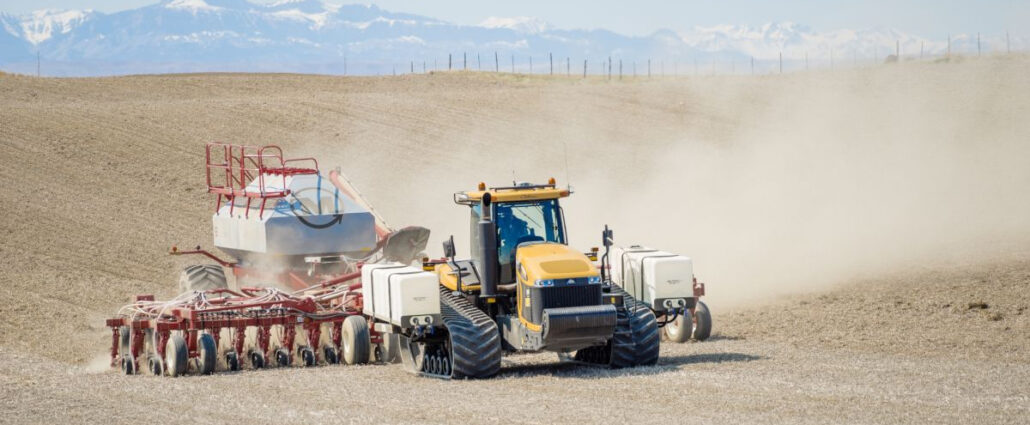
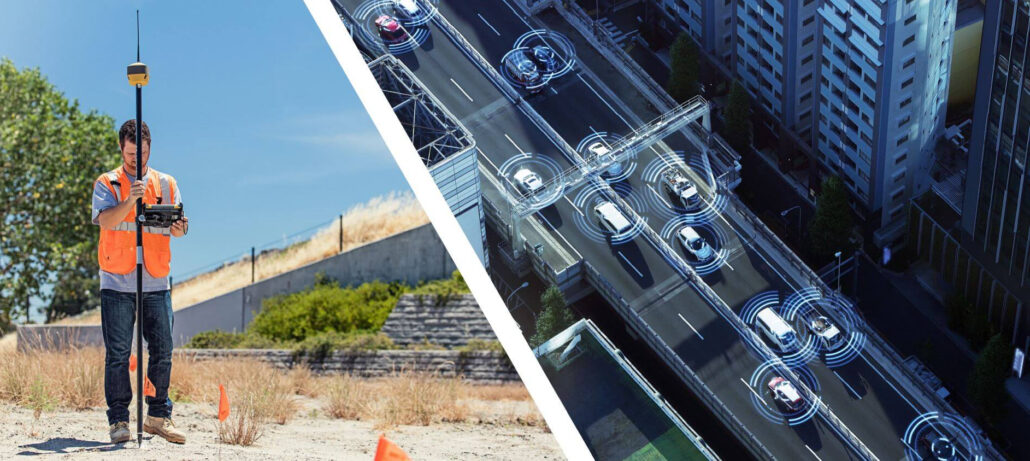
Real Time Kinematics (RTK) is used in field robotics to help a mobile robot position itself in the world, and use that information to navigate in real time around obstacles and to waypoints depending on their application. Robots Using GNSS Satellite Data To Navigate Outdoor Spaces Require An RTK Correction System To Filter Out Errors In The GNSS Data, Including Clock Errors, Orbit Errors, Satellite Biases, Atmospheric Errors, And Multipath. RTK for mobile robots Field robotics is a sector of research focussed on building mobile robots – robots suited for performing in the field, rather than in closed environments such as warehouses or manufacturing plants. One of the basic requirements of a mobile robot is being able to
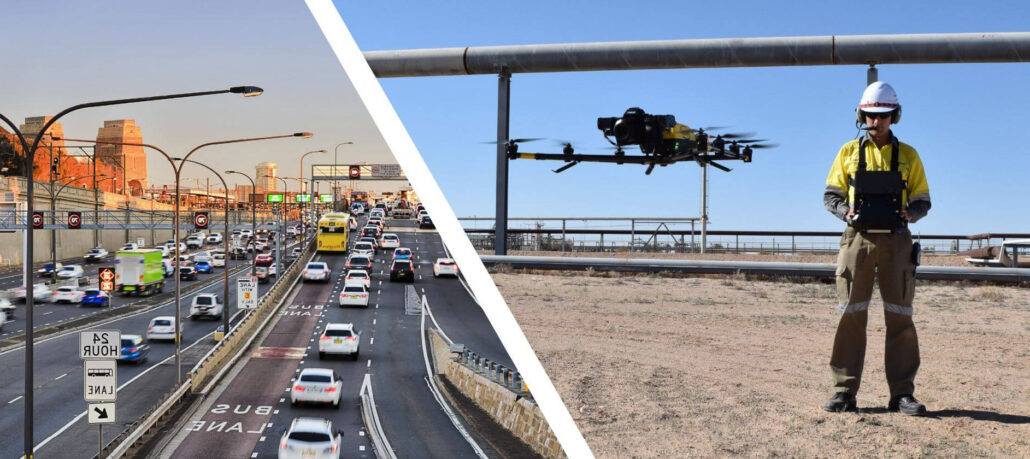
RTK surveying is a relative surveying technique, where two GNSS antennas measure their position relative to each other in real time. It involves a stationary base station that takes in and corrects GNSS data with RTK (Real Time Kinematics), and a human-operated rover with an antenna that communicates with the base station. By determining the coordinates of the base station and knowing the rover’s position relative to it, surveyors can determine the position of the rover and the features the rover is recording. RTK surveying techniques improve upon traditional surveying techniques by providing accuracy on a centimetre level and immediate initialisation times. RTK surveying has been found useful both on its own and used in conjunction with traditional
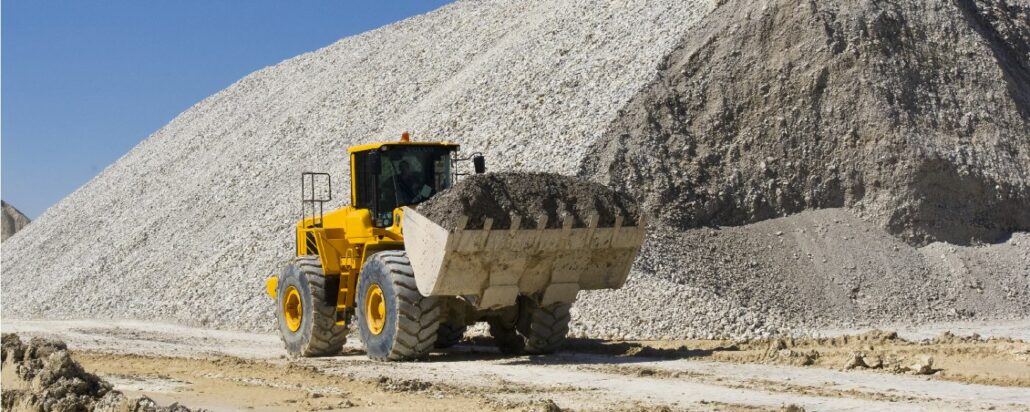
Having accurate scales in trade settings and on earthmoving machinery is integral. In ports, dumps, and garden centres, accurate scales ensure you’re not charging too much or too little for your goods and services. On earthmoving machinery, accurate scales ensure adherence to load bearing capacities and keep machine operators safe from overloading the machine and causing an accident. Even the highest quality industrial scales become less accurate over time, so it’s important to get them calibrated every 12 months generally, every 6 months in strenuous environments, or every time major hydraulic work is done on them. But how do you do it? Step 1 – Call Aptella Scale Calibration Services Aptella provide industrial scale calibration services and accurate









